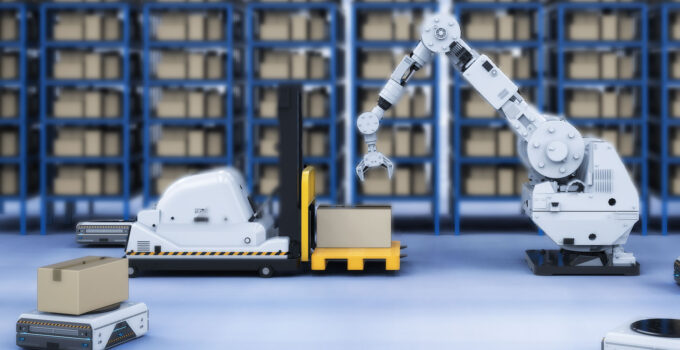The demand for fast, accurate, and cost-efficient logistics has never been greater. From e-commerce to healthcare, every industry relies on complex supply chains to deliver goods quickly and safely. As a result, businesses are turning to robotics to enhance logistics operations, cut down time, and stay competitive. In this article, we’ll explore how robotics is transforming the logistics landscape, the types of robots involved, and the benefits and challenges associated with this trend.
Page Contents
Types of Robotics Used in Logistics
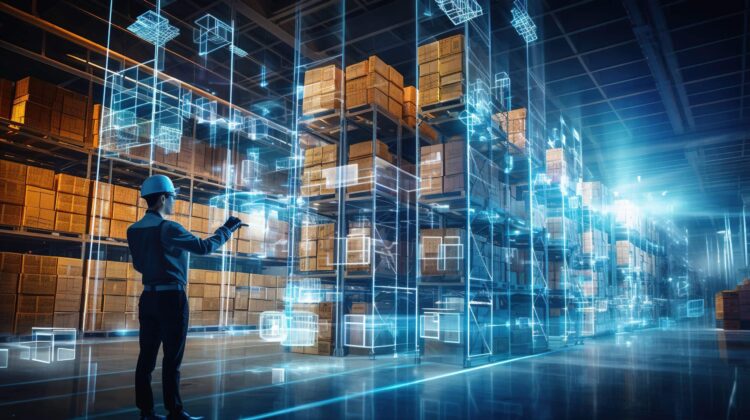
Source: inboundlogistics.com
Modern logistics relies on a wide variety of robots, each designed for specific roles in the supply chain. Here are the most prevalent types and their unique applications.
Autonomous Mobile Robots (AMRs)
AMRs navigate complex environments with the help of sensors and AI algorithms, allowing them to move freely without fixed paths. They are widely used in warehouses to transport goods between different stations, optimize picking routes, and assist in restocking. AMRs bring flexibility to logistics, especially in operations that involve frequent layout changes or multiple tasks.
Automated Guided Vehicles (AGVs)
Unlike AMRs, AGVs move along predetermined paths, guided by magnetic strips, sensors, or other navigation aids. They are particularly effective in transporting heavy loads within facilities, such as pallets or containers. AGVs are ideal for high-throughput environments that prioritize efficiency and predictability over flexibility.
Drones
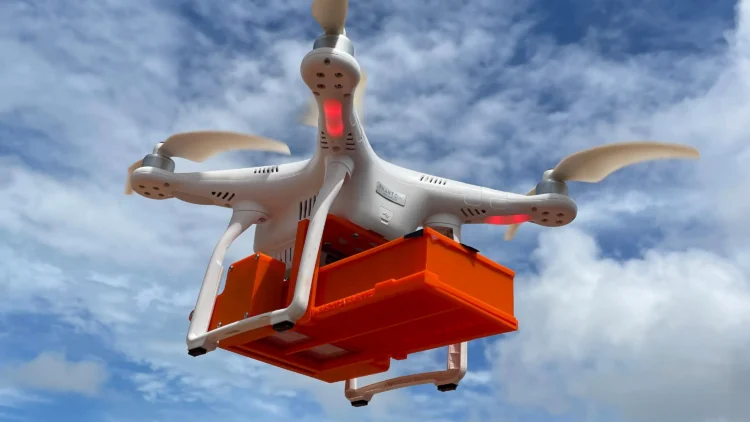
Source: technologyreview.com
Drones are gaining traction in logistics for inventory management and last-mile delivery. In large warehouses, drones equipped with cameras and sensors can scan shelves for stocktaking purposes, reducing the need for human intervention. For last-mile delivery, drones offer fast, direct delivery options, especially in remote or congested areas.
Collaborative Robots (Cobots)
Cobots are designed to work alongside humans, handling repetitive or heavy-lifting tasks that can lead to injury or fatigue. They are widely used in packaging, sorting, and assembling, where their ability to complement human labor improves productivity and safety. Universal Robots A/S, a pioneer in cobot technology, has been instrumental in introducing versatile and easy-to-program cobots, making automation accessible even for small and medium-sized logistics companies.
Sorting and Packing Robots
Sorting and packing robots streamline the logistics process by automatically organizing goods and preparing orders for shipment. These robots can handle a range of products and adapt to different sizes and shapes, reducing the need for manual sorting and packing labor. Their precision and speed make them invaluable in high-demand industries like e-commerce.
Applications of Robotics in the Supply Chain
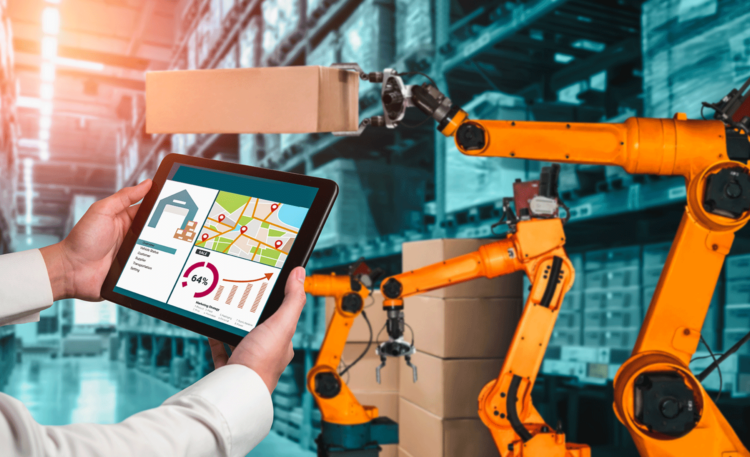
Source: sidgs.com
Robots serve a wide variety of purposes across the supply chain, each enhancing efficiency and accuracy in different ways. Below are the primary applications that logistics professionals leverage.
Warehouse Automation
In warehouses, robots can handle tasks like picking, packing, sorting, and moving items across the facility. For example, robots equipped with sensors and vision systems identify items on shelves, pick them up, and deliver them to sorting areas. This approach not only improves efficiency but also minimizes errors associated with manual handling.
Inventory Management
Accurate inventory management is crucial to avoid overstocking or running out of stock. Robots equipped with scanners and RFID technology conduct regular inventory checks, reducing human error and providing real-time inventory data. This automated tracking helps businesses maintain optimal stock levels and anticipate demand changes.
Order Fulfillment and Processing
Robots streamline the order fulfillment process by automating tasks such as selecting items, packing, and labeling orders. In a high-demand environment, this automation drastically shortens order processing times, minimizes errors, and allows companies to meet tight delivery deadlines.
Transportation and Last-Mile Delivery
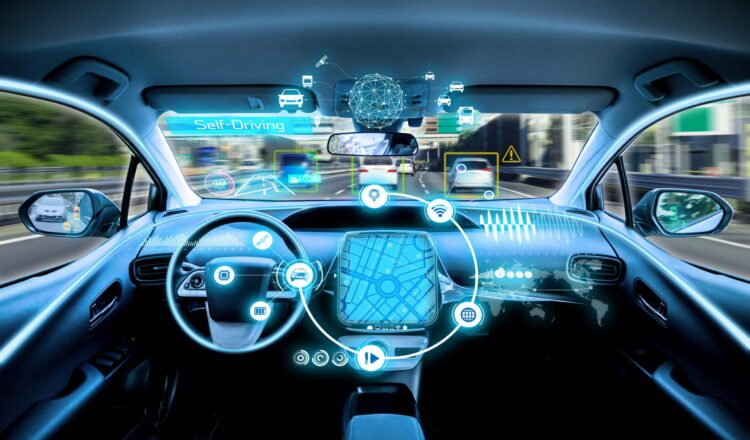
Source: flolive.net
Autonomous vehicles, drones, and even small robotic delivery units are revolutionizing last-mile logistics. These robots bring goods directly to consumers’ doorsteps or designated pick-up points, reducing traffic congestion and environmental impact. While regulations around autonomous delivery are still evolving, many companies are already testing these technologies in urban and suburban areas.
Quality Control and Inspection
Robots in logistics not only handle tasks but also monitor product quality. High-resolution cameras and AI-driven inspection tools allow robots to identify product defects, ensuring that only quality items reach customers. This level of quality control is especially important in sectors where precision is crucial, such as electronics and pharmaceuticals.
Benefits of Robotics in Logistics
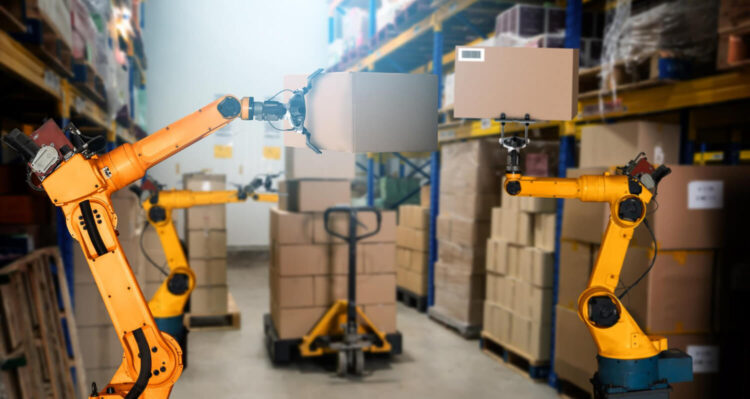
Source: igps.net
The adoption of robotics in logistics brings a host of benefits, from increased productivity to enhanced safety. Let’s look at some of the most compelling advantages.
Increased Efficiency and Productivity
Robots can operate around the clock without fatigue, enabling a 24/7 logistics operation. This nonstop functionality significantly boosts productivity, allowing companies to meet rising consumer demands more effectively.
Cost Savings
While the upfront cost of implementing robotics may be significant, the potential for long-term savings is considerable. By automating tasks, robots help lower labor expenses, cut down on waste, and improve energy efficiency, all of which contribute to reducing overall operational costs.
Scalability and Flexibility
Robots are highly adaptable to fluctuating demands, making them ideal for businesses that experience seasonal peaks. When demand spikes, robots can handle the increased workload without compromising efficiency.
Conclusion
The integration of robotics in logistics is revolutionizing the supply chain, bringing unprecedented efficiency, accuracy, and flexibility. While challenges remain, the benefits of automation are clear, making robotics a vital tool for companies looking to stay competitive. As robotics technology continues to advance, it will play an even more central role in logistics, paving the way for a faster, more resilient, and sustainable supply chain.

